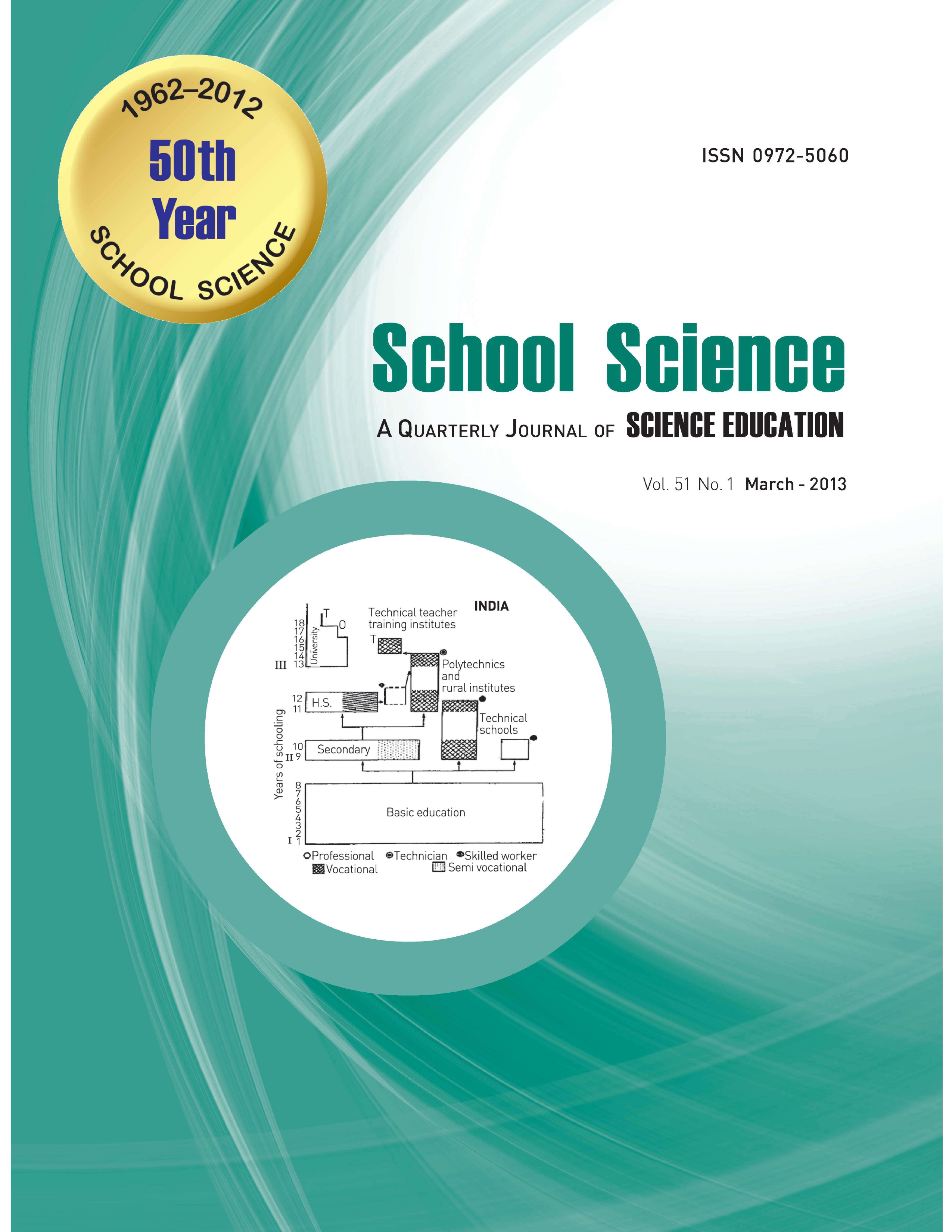
Published 2013-03-31
Keywords
- Maharashtra,
- tribal population,
- Homi Bhabha Centre for Science Education
How to Cite
Abstract
The tribal population in the state of Maharashtra is about 10 per cent of the total population. They are clustered in three traditional regions: Sahyadri, Satpura and Gondvan. Tribal Development Department of the Government of Maharashtra has established adequate number of Ashram schools to facilitate the education of tribal children in each of these regions. After the initial reluctance from tribal communities the enrolment in these schools has improved considerably. Nevertheless, because of lack of tradition of education in their homes, learning of formal school subjects remains a Herculean task for the students. Teachers are expected to make an extra effort to facilitate learning of technical subjects like science and mathematics. In order that they do their job well, they need to have proper perception of the subject as well as of the difficulties faced by the students. What is the perception of teachers related to the aims and objectives of science curriculum? What are the learning difficulties of students and how to facilitate better concept formation in science? What modifications the present evaluation methods demand to asses the knowledge and skills acquired by the students? These are crucial questions and demand for critical exploration.
